SAINT-MALO (AP) – Had he continued working aboard fuel-powered cargo ships, Yann Jourdan reckons he’d be earning perhaps four times what he now gets as captain of a sailboat that instead uses the wind’s clean energy to transport goods across the Atlantic.
But the hit to Jourdan’s pay is buying him peace of mind. When his three-year-old son, Marcel, grows up, the burly French mariner wants to be able to explain what he did to make a dent in the shipping industry’s huge carbon footprint.
The international merchant fleet of more than 100,000 ships transports more than 80 per cent of global trade. But it’s also responsible for about three per cent of global greenhouse gas emissions. Without a quick switch from dirty fuels to cleaner energies, its pollution is forecast to soar.
Mariners pushing for wind power say investors used to view them as something of a joke. But as they pioneer a comeback for sail-powered cargo ships, they’re having the last laugh.
“It’s our job to prove that it’s possible,” Jourdan said aboard the new Grain de Sail II cargo carrier as it sailed off the French port of Saint-Malo one recent autumn day.
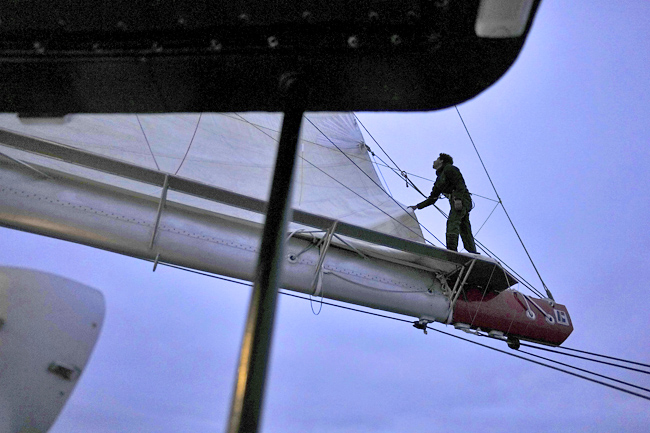
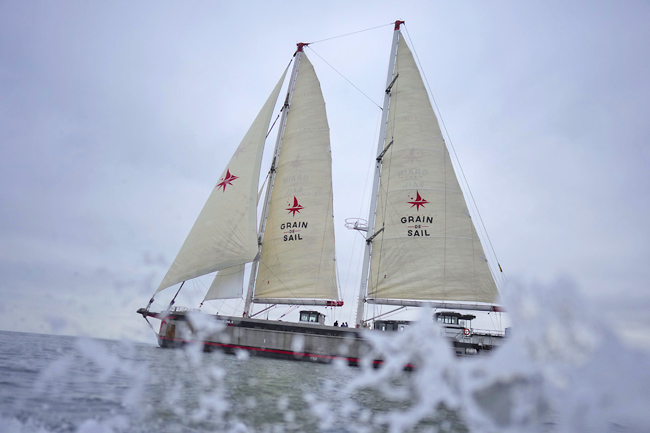

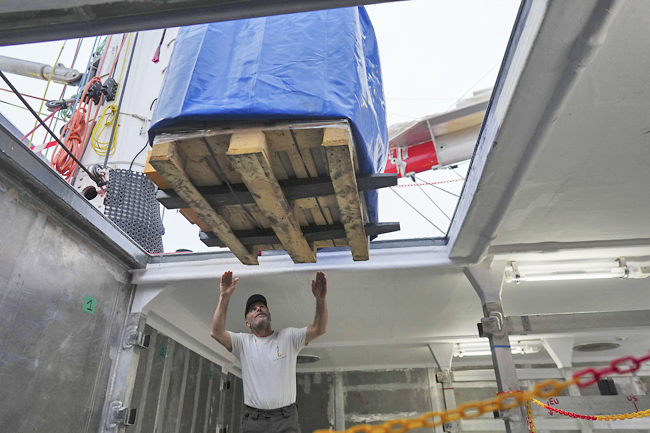
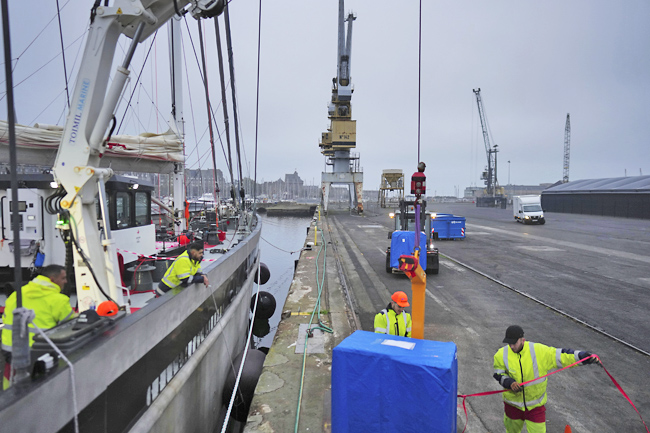
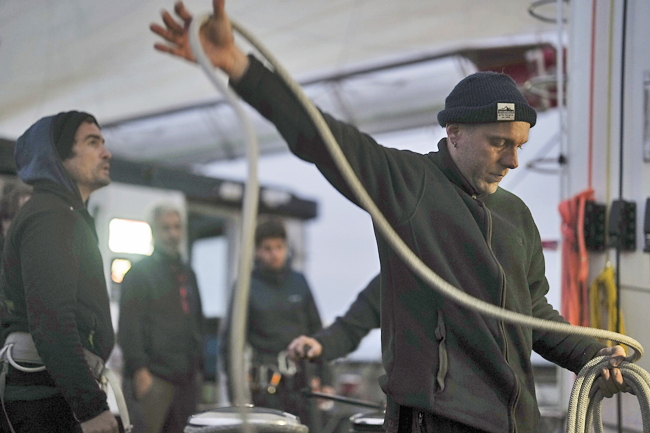
“For me, it’s just logical, you know?” he said. “Like the petrol is limited quantity and the wind is not.”
MODERN TECH IS SUPERCHARGING SAILBOATS
The cleanest of the new vessels spearheading wind’s embryonic revival are almost pure-sail vessels like Grain de Sail II. Half the length of a soccer field and able to carry 350 tonnes of goods in its holds, it uses its diesel engine only to manoeuvre in and out of port.
“We want to not only reduce the carbon footprint, we want to kill it,” said co-founder of the Grain de Sail firm Jacques Barreau, who owns it with his twin brother, Olivier. They used profits from their chocolate-making and coffee-roasting business in western France to finance their first sail-powered cargo ship, Grain de Sail I.
With its aluminum hull, two giant carbon-fibre masts, mechanised systems for hauling and adjusting the billowing sails, and its bridge bristling with high-tech navigation gear, Grain de Sail II is a supercharged modern successor to sailing clippers of yore.
The speediest of its four crossings so far to New York took 17 days, and just 15 days on the return trip to Saint-Malo.
“It’s a totally different way of sailing,” Barreau said. He foresees a future with “thousands of sailing cargo (vessels) like this one and even bigger versions.”
WIND POWER EVEN FOR GIANT CARRIERS
Wind-assisted systems to save fuel are also being fitted to engine-powered cargo ships, all the way up to the massive 340-metre Sea Zhoushan.
It transports iron ore and was built in China with five large spinning rotors on its deck that harness wind energy. When the ship entered service in 2021, Brazilian mining giant Vale said it expects fuel savings of up to eight per cent on its 40-day voyages between Brazil and China.
Finland’s Norsepower, the rotor manufacturer, says it has installed them on 16 ships since fitting its first in 2014 and has installations for 13 more vessels on order.
Although wind-assisted vessels are just a tiny fraction of the global fleet, their numbers are growing at unprecedented rates, said Clarksons Research, which tracks shipping data. By its count, 165 cargo ships are already using wind to some degree or are due to have wind-assisted systems installed.
In the European Union (EU), larger cargo ships have to start paying for some of their emissions from 2025 and adhere to new EU regulations that aim to promote low-carbon fuels.
Such pressure could strengthen wind’s appeal.
“Ultimately, wind-assisted propulsion is going to help with the global transition for even the largest segments of the cargo shipping sector,” said Bryan Comer, who heads up efforts to decarbonize shipping at the non-profit International Council on Clean Transportation.
“We know that it works, right? Shipping originally was completely wind-powered.”
WHAT HAPPENS WHEN THE WIND DOESN’T BLOW?
But wind – unlike engines – can’t be switched on at the touch of a button.
French shipper Neoline is open about the fact that when its new 136-metre carrier begins sailing in 2025, it will use its diesel engine when winds alone can’t meet its target of 13-day crossings between the French port of Saint-Nazaire and Baltimore on the US eastern seaboard.
“We’re aiming for punctuality,” said Neoline’s president, Jean Zanuttini. “It wasn’t speed that killed working sailing at the start of the 20th century, it was lack of punctuality.”
“We accept and recognise the fact that about 30 per cent of our energy will come from a diesel system,” he said.
Still, the other 70 per cent from the Neoliner’s new type of giant sails – made with fiberglass panels, not canvas – is expected to slash its fuel-use and be another step forward for wind.





